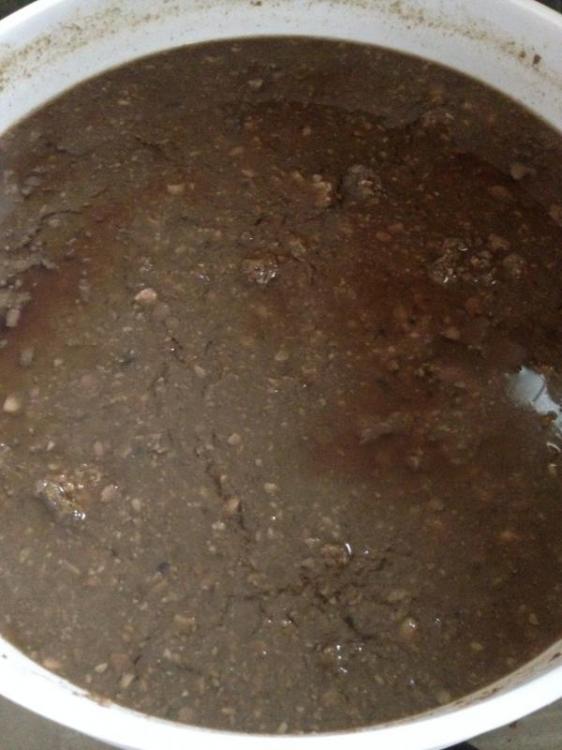Hai Takadi, can you tell me why we need to weight the actual soybean and flour?
The total salinity of the end product should be at least 18 percent, not just the brine. This number was derived from reverse calculations done from sodium levels from the nutritional facts label on the back of the kikkoman soy sauce bottle, as well as some numbers I found during some research I did (inlcuding recommended numbers from the company itself). If you put just the soy cakes in without accounting for extra salt, the salt will redistribute into the soy cakes out of the brine and lower the total salt density and make it a more inviting environment for other microbes. This had happened to me while my soy sauce was out in the hot sun so it was starting to form a skin of yeast or bacteria on top, and it started to smell a little funky (a smell that reminded me of parmesan cheese, a little like vomit, lol). Anyways it didn't smell horrible or rotten and it got better after I added more salt, but unfortunately, I had to totally redo my batch because an animal had actually gotten into it and ate all the soycakes! :wacko: Had to dump the whole thing out
Redoing my batch, I used about twice the amount of soy, 10 lbs of soy beans and 15 liters of water. Measured out 18 percent of total weight of soybeans cakes and water for salt. The soybean cakes were weighed after the mold had taken hold to account for any weight change. It's been almost three weeks and the soy sauce has already gotten considerably darker and is starting to smell like a strong miso, with something extra that I can't describe (it smells like caramelized or cured meat for some reason). It has gotten considerably colder outside where I am so I brought it back inside and am stirring it every 1-2 days. Not sure what the lack of sun and warmth will do for the end product but I am planning to age this for at least 6 months to 2 years, taking out samples every six months. Hopefully the long aging times will more than make up for it.





